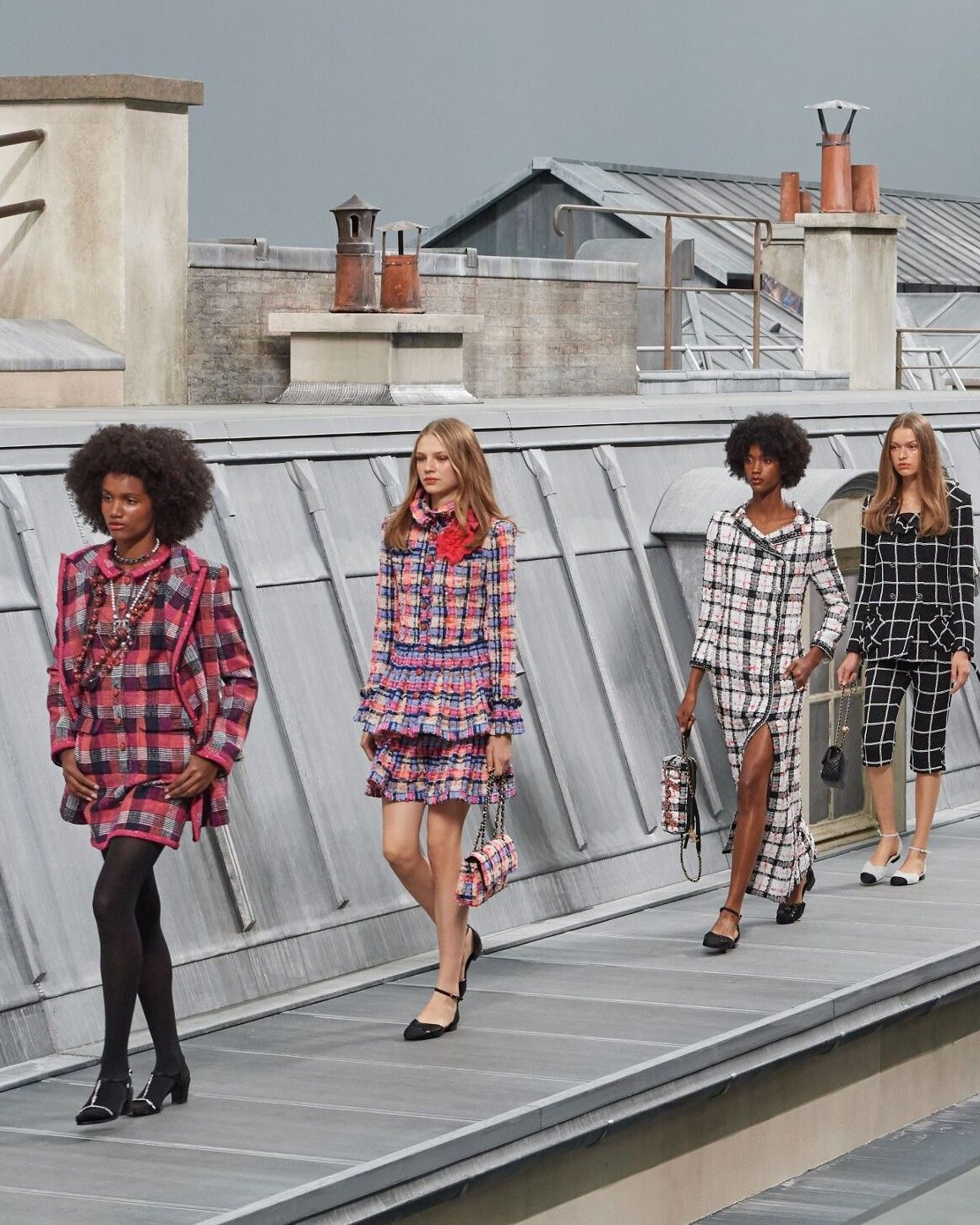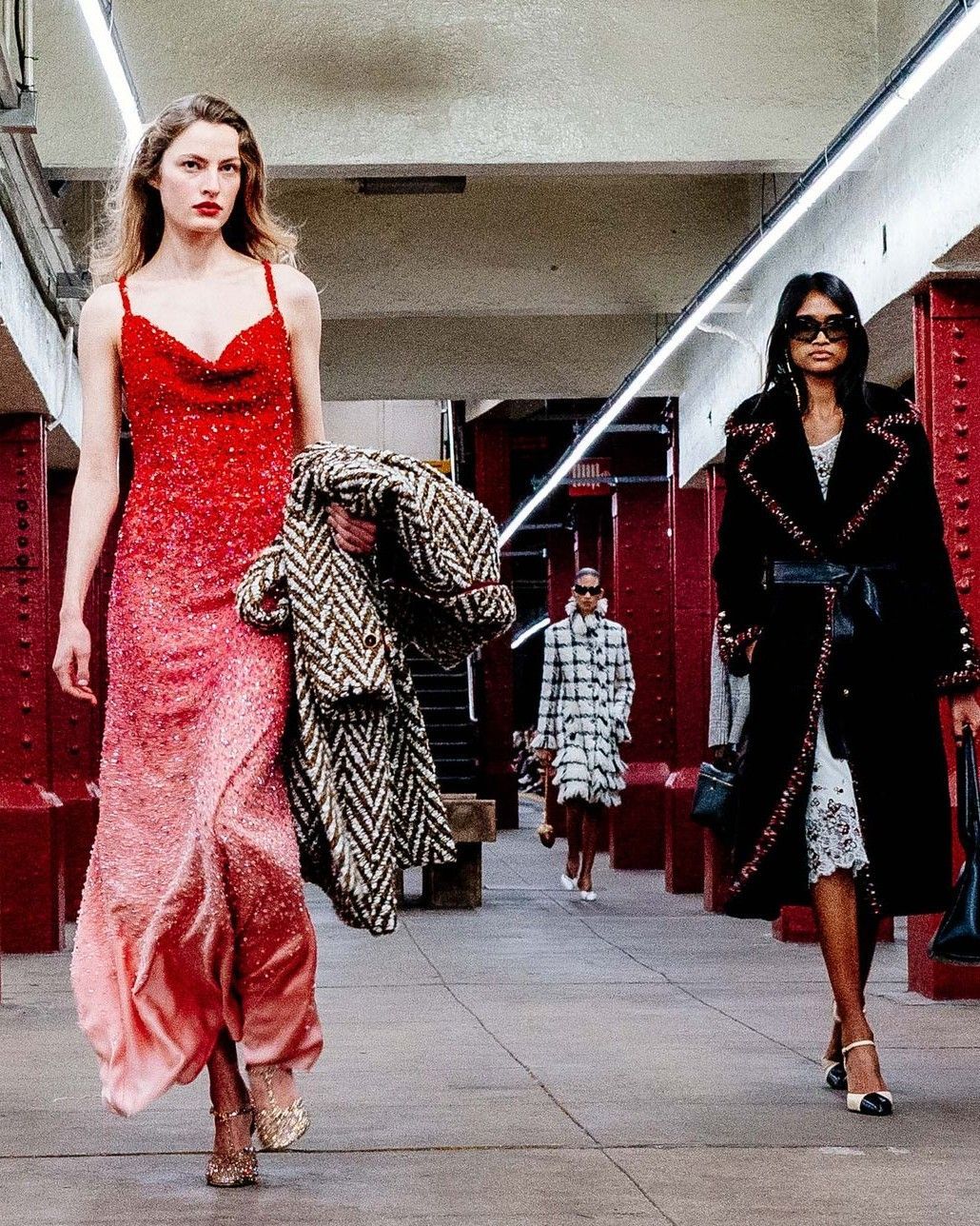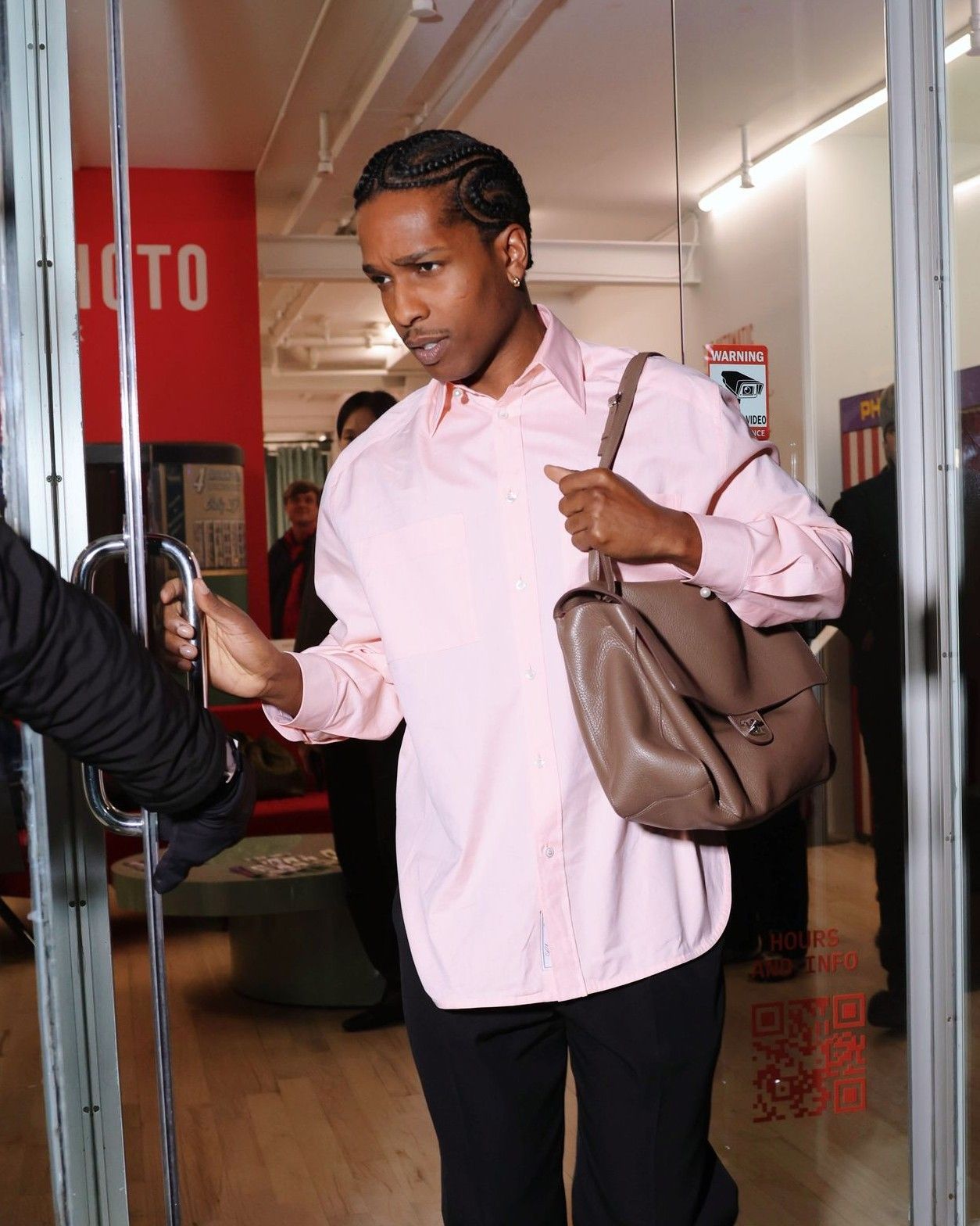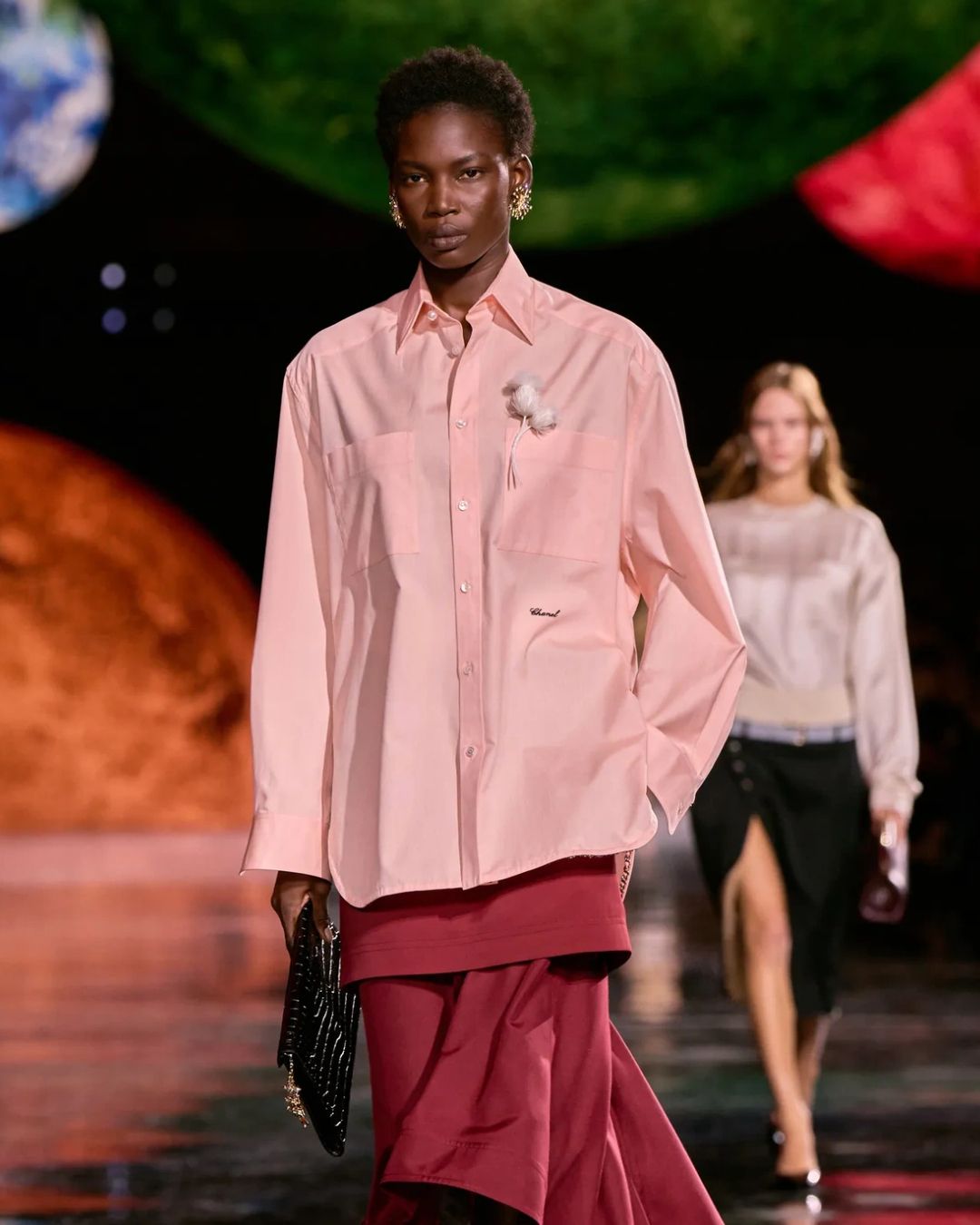
Chanel too is expanding its real estate empire in Paris The brand has acquired a historic building on Avenue Montaigne
Chanel announced yesterday that it has recently acquired the building that houses its boutique at 42 Avenue Montaigne, marking a consolidation of its retail network in Paris, a key element for a brand that does not sell products online and for which, therefore, boutiques are an essential part of the commercial strategy. Although the cost of the acquisition was not disclosed, the operation reconfirms a growing trend among major luxury brands, who seek to obtain control over exclusive locations not only for sales but also to consolidate their presence and preserve their cultural heritage. In Chanel's case, the acquired building, a seven-story structure with three basement levels, has housed the brand’s boutique since 1983 and is known for its modernist architecture, designed by Roger Anger, Mario Heymann, and Pierre Puccinelli in 1965. It is a protected property, appreciated by design historians for its innovative pleated bay window design. This acquisition is part of Chanel's aggressive investment strategy, which foresees an increase in capital expenditures by 50% in 2024, starting from a record $1.23 billion in 2023. Chanel’s Chief Financial Officer, Philippe Blondiaux, confirmed earlier this year that real estate acquisitions would be a key objective as part of this expansion, driven by the interest in strategic assets like Avenue Montaigne.
@sidarcet Realistic Chanel shopping experience #chanel #chanelparis #luxuryshopping #paris #chanelunboxing @Chanel Strangers - Kenya Grace
This operation is not isolated, as mentioned, but is part of a broader movement in the luxury sector, where brands like LVMH and Kering are acquiring prestigious properties at an ever-increasing pace and, of course, with ever-growing investments. For example, LVMH spent €1 billion on a property at 150 Avenue des Champs-Élysées and bought the building at Avenue Montaigne 22, which houses its headquarters, while Kering has invested €4 billion in real estate recently, including historic palaces on via Montenapoleone in Milan. The competition among leading industrial groups to secure the most coveted sales locations, especially in fashion capitals, is fierce. According to Fashion Network, over the past five years, luxury giants have invested nearly €10 billion in real estate, with most of these investments made in the last 18 months. Chanel, for instance, has doubled its global distribution network, increasing the number of boutiques to 612 in 2024, with 47 new openings. A new and highly expensive expense item for the groups' finances that is reshaping the luxury retail landscape and expanding into hospitality and, in some cases, even luxury housing in condominiums located in major resort destinations for the wealthy.
Luca Solca, a Bernstein analyst, explained to Fashion Network that while such investments can increase the brand’s prestige and real estate assets, they also have significant downsides. The enormous sums spent on real estate can divert resources from other essential areas, such as production and operational investments. Moreover, real estate yields are generally low, with annual return rates between 2% and 3%, which dilutes the return on investment (ROI) and could lead to a drop in stock prices. For smaller groups like Kering and Prada, which have spent a larger portion of their cash flow on real estate compared to LVMH, this could cause financial imbalances and increased debt. Risky or not, in recent months streets like Avenue Montaigne and the Champs-Élysées in Paris, via Montenapoleone in Milan, and Fifth Avenue in New York have become a sort of 'Risk' game for luxury brands, competing for the best windows and placements, concentrating all possible luxury consumption domains— from shopping to hotels, spas, and restaurants — in the same areas. The concept is not too dissimilar from that of casinos: creating immersive environments where, wherever you look, you find a luxury brand or service — all, of course, part of the increasingly diversified portfolios of the major fashion industrial groups.














































